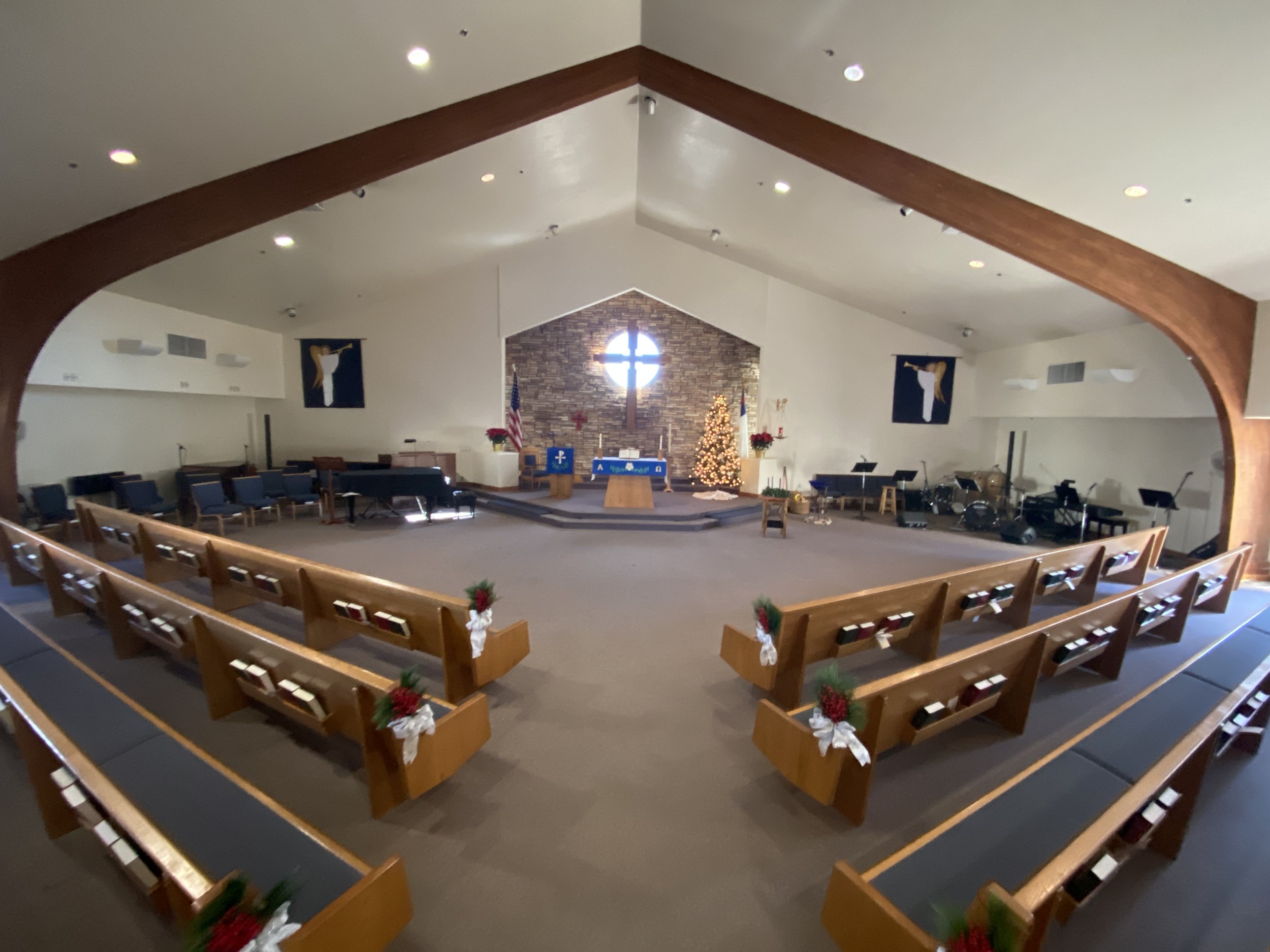It’s been a couple months since everyone got an update on the strategic planning process, with Christmas and all, but we’re back and continuing our work. The committee met in January to start talking about implementation of the new mission statement. In case you can’t remember it:
Love God
Open our hearts and minds
Live Graciously toward all
The focus of our community is always first on the Lord, deepening our relationships with him, and being disciples. Then we open our minds and hearts to exploring and experiencing God’s truths and God’s will for our lives. Finally, there’s grace, God’s free gift, which we live with each other and which we want others to experience. In other words (my personal paraphrase)
· Relationship/Spirituality
· Exploration and Experience
· Acceptance and gracious living
Now comes the next step: to go to our ministry teams and have everyone do brainstorming, and develop plans for how to implement these things in their areas. Some groups will focus more on one part than another, of course, but we’ll be most successful with the most ideas, ownership, involvement. Look for members of the Strategic Planning Committee to set up sessions with your ministry, and go through the process with you.
These are the nuts and bolts of process, of working things out, getting decisions made. But I also want to step back and share a few reflections on how to go about mission today.
I shared this little spiel with the committee, and thought I’d share it with you. It’s based on a book from the business world called “Blue Ocean Strategy” by Chan Kim and Renée Mauborgne. The basic premise is that businesses operate in one of two markets. In the “red ocean” lots of different companies compete for a finite market. The competition is intense, so prices have to go down. You also have to spend lots of energy trying to beat the competition at quality, often investing hugely in small differences that only the most savvy consumers notice. Think of wines: if you want the connoisseurs, you have to make really good wines, with very specific tastes, to people who are very picky. It’s called the “red ocean” because the competition is bloody. Lots of failed businesses and “cut throat” competition.
In the “blue ocean” you don’t have competition, and you’re not even really competing with the other businesses. You’re creating a new market. Think of those wines with the kangaroos on them. They’re not super expensive, don’t have fancy French names, the bottles are easy to read, and they’re just sweet enough that ordinary people who have never swished a goblet under their noses can appreciate. The company is raking in millions selling wines to people who identify as “not wine people”. It’s a blue ocean success.
Where this matters to us is how closely this resembles the religious landscape of our NW corner of Tucson. When Lord of Grace was new, growth was fast and churches were few. We were one of the only ones. We were an island in a blue ocean. Now there’s one in every strip mall and school. We got huge. Now it’s bloody red, with a church on every corner. In addition, interest in religion is dropping, so a smaller percentage of people are looking for a church. This means more churches competing for fewer people – even factoring in recent development and housing growth. So, they all have to get better bands, more exciting youth groups, better signage, more savvy marketing, more programs….to grow in the market of church-shoppers.
Looking out over the Continental Ranch area, they all look pretty similar, to me at least. Little or no liturgy: just songs-sermon-go home. Praise bands playing the same songs. Pastor with jeans and untucked shirt with carefully sculpted hair to look “hip”. And a theology that’s solidly old-school and not up for debate. The differences between them are subtle – one pastor’s preaching style may be more animated, another more didactic, another does better jokes. The bands will be subtly different and try to get better singers and one might have a more charismatic “worship pastor”, but 90% is the same thing cloned over and over. It’s religious red ocean.
One effect of red-ocean church world is that size becomes a key asset in market positioning. To offer the best band, best programs, best parking, best media, best youth group etc. it helps in every way to have more people and money. Don’t have a volunteer for VBS? Just hire someone. Your kids don’t have a lot of friends at the small church? Go to the big one where they know everyone from school, and have cool mission trips and white-water rafting. As a smaller congregation, you simply can’t compete with the big players in a red ocean market. They can out-perform you in every category – except if you want to not be anonymous or want to get really involved. The whole scene gets disheartening, frustrating, and demoralizing.
Then you throw in those churches and pastors who decide that the quickest and most cost-effective way to build a church is to poach active members from somewhere else. Maybe you can out-visit the local pastor, or invite his members to ball games, or have your members invite people from other churches to your small groups. If a person is already a good giver and volunteer, when they switch you get a lot of money/volunteer time quickly.
And then you ask if this is really what the Gospel of Jesus Christ is about – trying to compete for the business of religious customers.
Of course, there are many very good reasons for switching churches. Many of us here have done that. Maybe the theology or social positions here better align. Maybe you were hurt at the last place. Maybe you just moved across town. So it’s not all just cynical “sheep stealing” as we call it in the business. But I’ve seen enough to know that it isn’t that uncommon, unfortunately.
But what if we decided that we weren’t going to play the game, that we weren’t going to spend our energy trying to provide better religious services to Christian customers, and instead did what Jesus said to “make disciples of all nations?” When you hear pastors talk about evangelism, we always talk about “those who have not heard” and “those who do not know God”. Nobody says, “those who are good members somewhere else”. What if we decided to abandon the red ocean, and focused our mission on the blue ocean – the 80% of the population that doesn’t go to church, or that isn’t fundamentalist? What if we decided that instead of trying to out-do these big places with fancy programs and big staffs, we did unique things that they don’t, so that we’re not interchangeable products? What if we went our own path, and deliberately positioned ourselves as an alternative to everyone else?
That’s what I’ve been thinking about for years. And I believe it’s a far better strategy for Lord of Grace.
Within greater Continental Ranch area, we stand out for a few things. We have a building; liturgy; an open-minded theology, that’s both rich and conducive for questions and doubts, a denominational history and accountability. We also have a welcoming community, energetic worship, etc. etc. We should highlight our differences, lean into them, and find ways to use what we have to connect with the huge blue ocean mission field.
When we meet as ministry teams, to do our dreaming and planning, I’ll be asking questions like: how can we build relationships with people outside our church? How can we connect people with God who don’t know, or who have fallen away? How can we impact lives of those around us? How is what we do and are different, and how can we use that as an asset?
It's a fun process, I think, to open yourself to the Spirit to see new opportunities. It’s also a lot of fun to do some dreaming again, after spending so much energy the last two years on survival and adaptation.
God has a place for different churches in the kingdom of God. It isn’t one size that will connect with everyone, no matter how much I may disagree with the stances of some others. They are bringing people to Christ who may not come here. But, still, God has a special calling for us, in this time and place.
God Bless,
Pastor Lars







